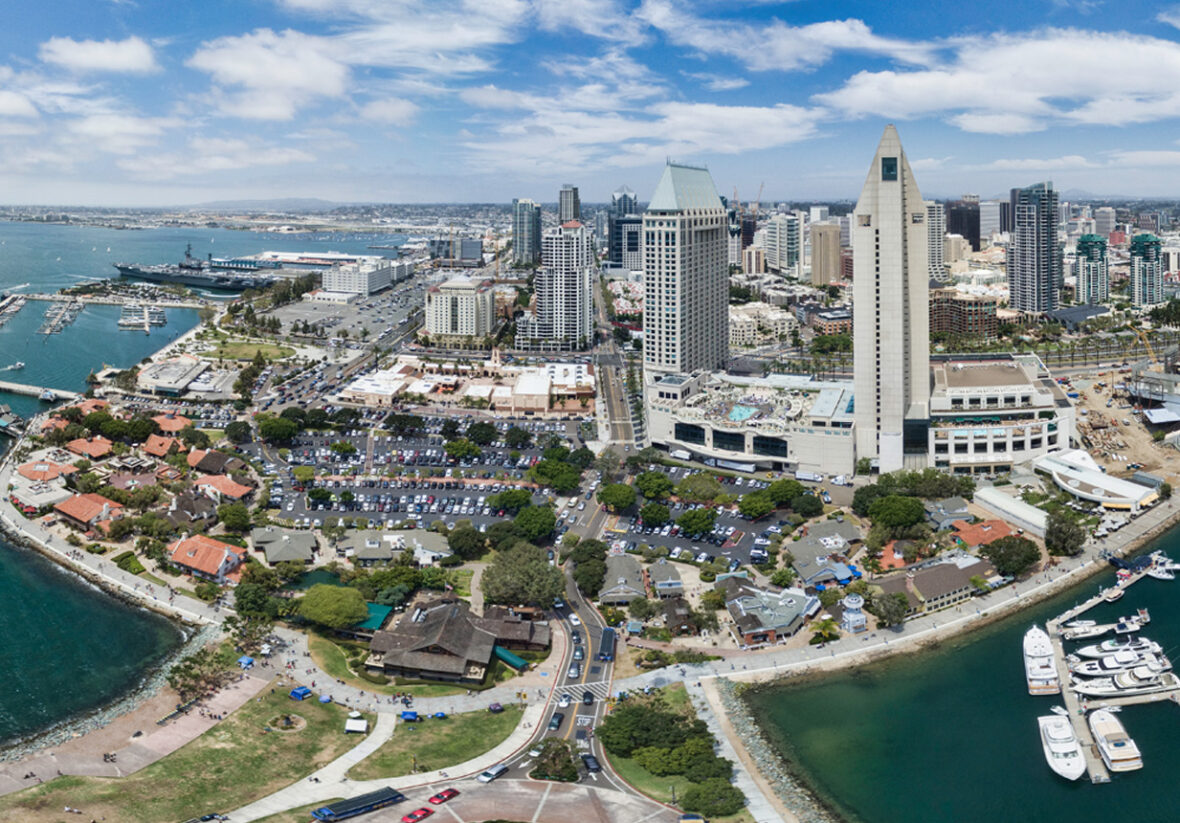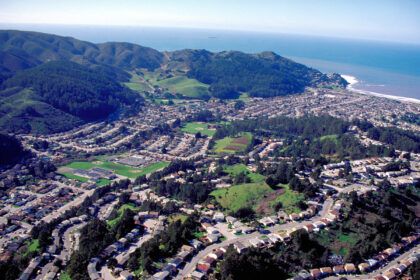San Diego is a city in the U.S. state of California on the coast of the Pacific Ocean and immediately adjacent to the Mexican border. Take a look below for 20 amazing and fun facts about San Diego, California, United States.
1. With a 2020 population of 1,386,932, San Diego is the eighth most populous city in the United States and second most populous in California (after Los Angeles).
2. The city is the county seat of San Diego County, the fifth most populous county in the United States, with 3,338,330 estimated residents as of 2019.
3. The city is known for its mild year-round climate, natural deep-water harbor, extensive beaches and parks, long association with the United States Navy and Marine Corps, and recent emergence as a healthcare and biotechnology development center.
4. Historically home to the Kumeyaay people, San Diego is frequently referred to as the “Birthplace of California”, as it was the first site visited and settled by Europeans on what is now the West Coast of the United States.
5. Upon landing in San Diego Bay in 1542, Juan Rodríguez Cabrillo claimed the area for Spain, forming the basis for the settlement of Alta California 200 years later.
6. The Presidio and Mission San Diego de Alcalá, founded in 1769, formed the first European settlement in what is now California.
7. In 1821, San Diego became part of the newly declared Mexican Empire, which reformed as the First Mexican Republic two years later. California became part of the United States in 1848 following the Mexican–American War and was admitted to the union as a state in 1850.
8. San Diego’s main economic engines are military and defense-related activities, tourism, international trade, research, and manufacturing.
9. The city is the economic center of the San Diego–Tijuana conurbation, the second most populous transborder metropolitan area in the western hemisphere (after Detroit–Windsor), home to an estimated 4,922,723 people as of 2012.
10. The primary border crossing between San Diego and Tijuana, the San Ysidro Port of Entry, is the busiest international land border crossing in the world outside of Asia (fourth-busiest overall). The city’s primary airport, San Diego International Airport, is the busiest single-runway airport in the world.
11. The original inhabitants of the region are now known as the San Dieguito and La Jolla people. The Kumeyaay people migrated into the area of San Diego around 1000 CE, who erected villages scattered across the region, including the village of Cosoy (Kosa’aay) which was the Kumeyaay village that the future settlement of San Diego would stem from in today’s Old Town.
12. The village of Cosoy was made up of thirty to forty families living in pyramid-shaped housing structures and was supported by a freshwater spring from the hillsides.
13. The first European to visit the region was explorer Juan Rodríguez Cabrillo, sailing under the flag of Castile but possibly born in Portugal. Sailing his flagship San Salvador from Navidad, New Spain, Cabrillo claimed the bay for the Spanish Empire in 1542, and named the site “San Miguel”.
14. In November 1602, Sebastián Vizcaíno was sent to map the California coast. Arriving on his flagship San Diego, Vizcaíno surveyed the harbor and what are now Mission Bay and Point Loma and named the area for the Catholic Saint Didacus, a Spaniard more commonly known as San Diego de Alcalá. On November 12, 1602, the first Christian religious service of record in Alta California was conducted by Friar Antonio de la Ascensión, a member of Vizcaíno’s expedition, to celebrate the feast day of San Diego.
15. The permanent European colonization of California and of San Diego began in 1769 with the arrival of four contingents of Spaniards from New Spain and the Baja California peninsula. Two seaborne parties reached San Diego Bay: the San Carlos, under Vicente Vila and including as notable members the engineer and cartographer Miguel Costansó and the soldier and future governor Pedro Fages, and the San Antonio, under Juan Pérez. An initial overland expedition to San Diego from the south was led by the soldier Fernando Rivera and included the Franciscan missionary, explorer, and chronicler Juan Crespí, followed by a second party led by the designated governor Gaspar de Portolà and including the mission president (and now saint) Junípero Serra.




